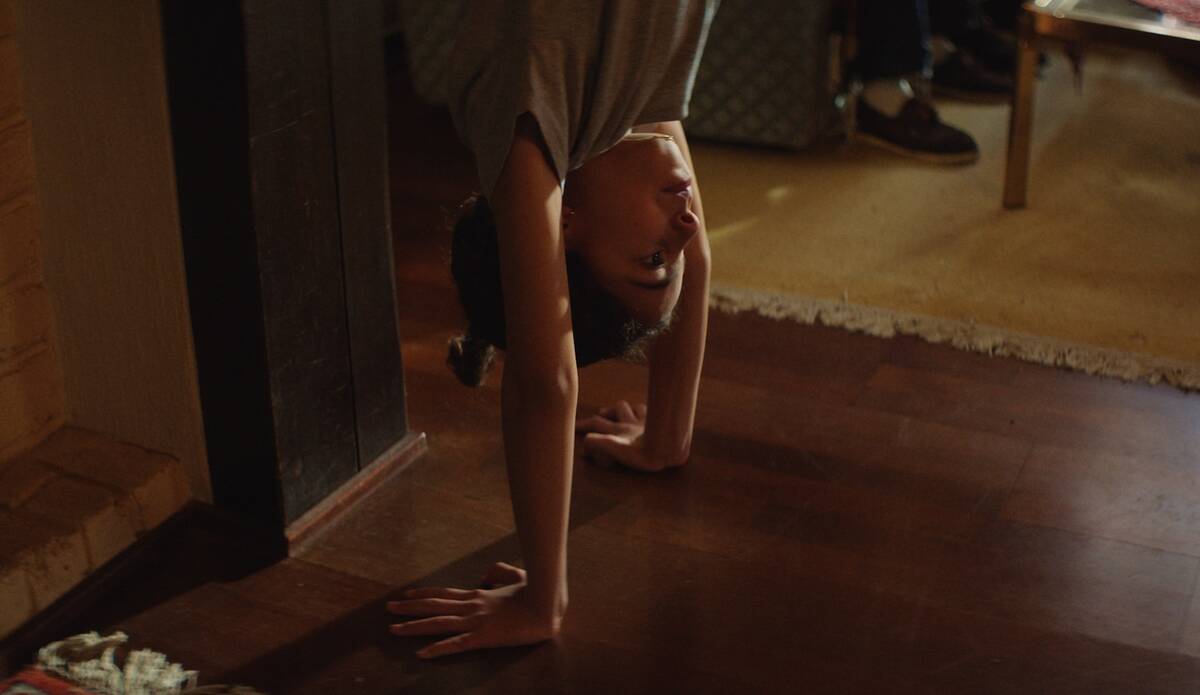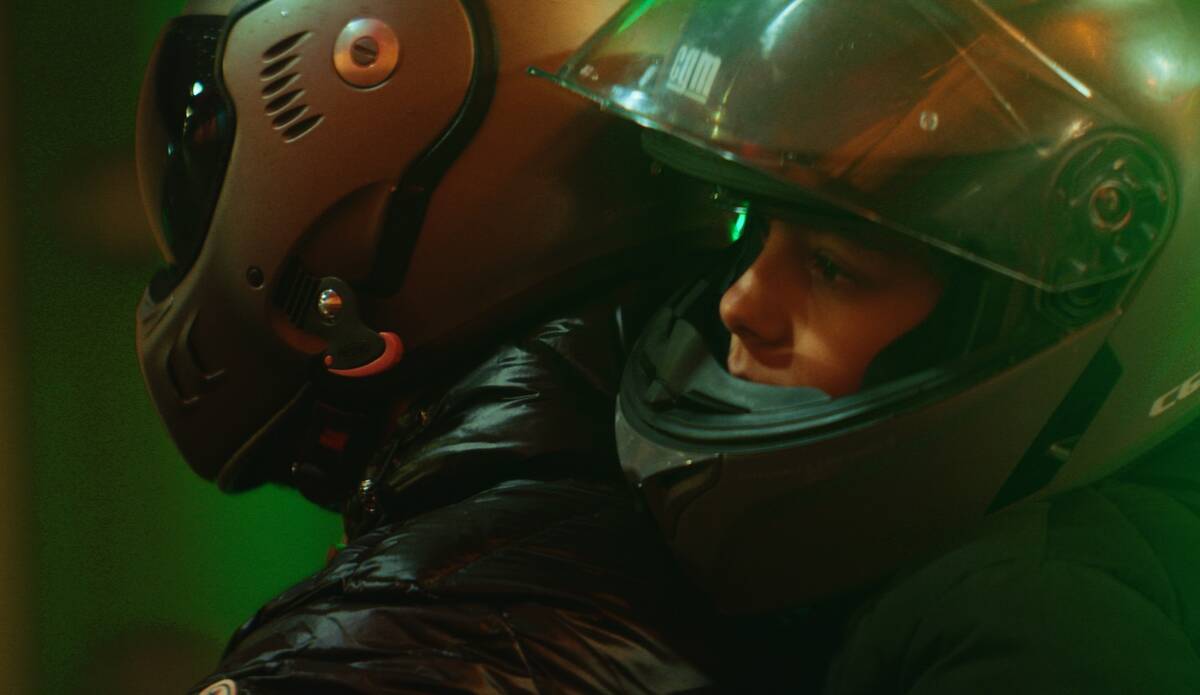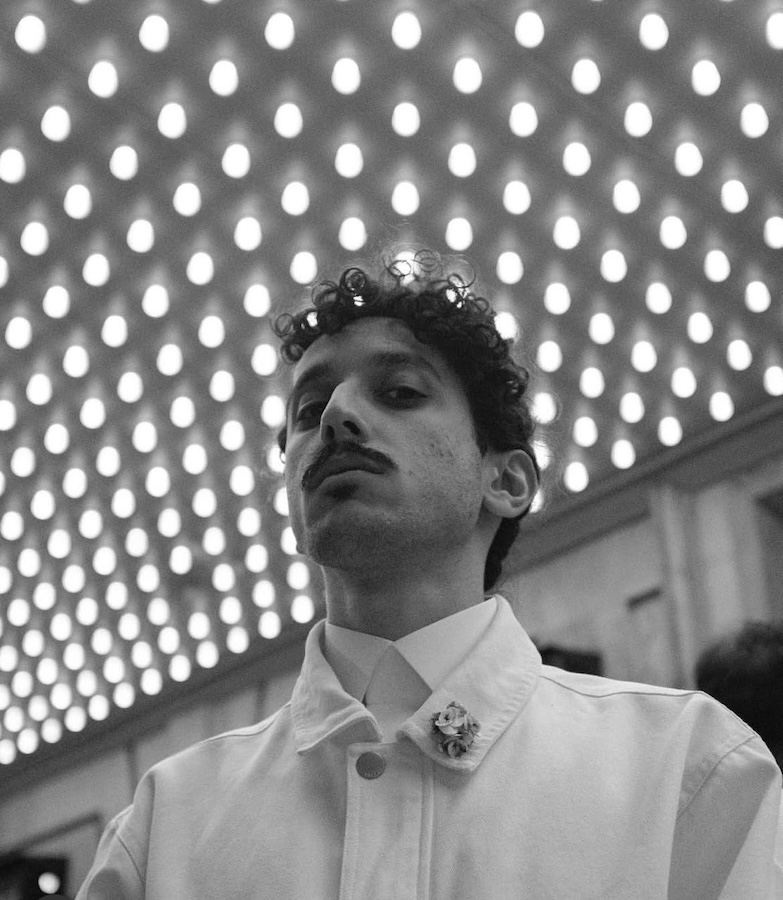NEW DELHI: India’s art market has emerged from a blue period with a flourish, as prices rise and the world starts to take note of its modern treasures.
Tycoons riding the country’s economic boom are helping to fuel record prices for works by the late abstract painter Vasudeo Gaitonde and other artists. Two major Paris museums are showing work by Indian women artists and the Asia Society in New York has a special show next year.
“There is lots of new interest coming in, from unexpected sides, there are new buyers in America and around the world,” said Hugo Weihe, chief executive of Mumbai-based auctioneers Saffronart.
The 2007 financial crisis hit the global art market hard and India was no exception.
But the tide is turning.
The Artery India consultancy says art sales more than doubled from about $44 million in 2011 to over $95 million last year, and that 47 world records for Indian artists were recorded in the 19 months to August.
Experts say there is already a shortage of available work by the likes of the reclusive Gaitonde, whose 1995 untitled abstract sold in December 2015 for $4.4 million, a world record for an Indian work.
That followed a retrospective at the Guggenheim Museum in New York which Weihe called a “watershed moment.”
“It became abundantly clear how he holds up with the best of any abstract art in the world.”
A blue canvas by Gaitonde, who died in 2001, recently sold for $3.1 million in New Delhi, making his contemplative landscapes three of the top five most expensive Indian works.
Other modern Indian artists such as M.F. Husain and Francis Newton Souza — members of the avant-garde Bombay Progressive Artists Group with Gaitonde in the 1950s — have also hit new highs in the past two years.
Although Indian art still trails the Western greats in value, its collectors now include the Museum of Modern Art in New York and the State Hermitage Museum in Saint Petersburg.
The market has also been boosted by the likes of Nita Ambani, the philanthropist wife of Reliance tycoon Mukesh Ambani, and Kiran Nadar, wife of HCL Technologies founder Shiv Nadar, who set up her own New Delhi art museum.
Artery India chief executive Arvind Vijaymohan said in addition to established names such as Ambani, younger collectors were also entering the market.
“There is a marked increase in the number of emerging collectors, all under 40, globally exposed and well traveled individuals from finance, tech and industry.”
He added: “This still nascent market slab comprises the future power-players of the Indian collecting universe.”
Nadar, who bought Gaitonde’s blue canvas, is loaning some works to the Asia Society for their show on the Progressive group next year.
She has also helped the Guimet museum in Paris, where work by painter and sculptor Jayashree Chakravarty is on display until January 15, and the Pompidou Center, which has a retrospective by leading feminist artist Nalini Malani until January 8.
Weihe and Nadar believe Indian art values will rise, although the market has a long way to go before it can catch up with the success enjoyed by its Chinese counterpart.
“I think the demand will grow naturally. Actually there is not that much material available in terms of the great modernist works,” said Weihe.
“That will create greater scarcity,” he said.
Nadar echoed his view, saying: “Less and less works will be available as time goes on. So even though today the price appears very high, at some point, what appeared high a few years ago, today feels very affordable.”
“The aim is to get works as they are available,” she added.
Despite the interest from India’s band of billionaires, Nadar said the country does not boast a huge pool of collectors, unlike China.
“The Chinese collectors are firmly behind the Chinese market,” she said.
“I don’t know if we will catch up with China, but definitely we will go up, because prices are still much lower... Indian art will go up and appreciate.”


































